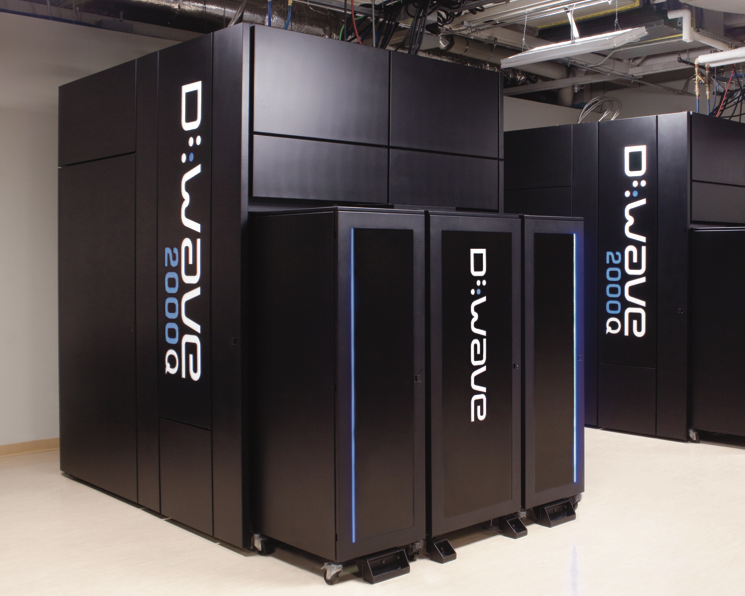
D-Wave
Prior to we experienced produced the first qubit, theoreticians had finished the perform that showed that a adequately impressive gate-centered quantum computer system would be ready to carry out calculations that could not realistically be accomplished on classic computing components. All that is essential is to create hardware capable of implementing the theorists’ work.
The circumstance was effectively reversed when it arrived to quantum annealing. D-Wave began developing hardware that could carry out quantum annealing devoid of a solid theoretical knowing of how its general performance would review to normal computing components. And, for sensible calculations, the components has from time to time been outperformed by a lot more classic algorithms.
On Wednesday, having said that, a workforce of researchers, some at D-Wave, some others at academic institutions, is releasing a paper comparing its quantum annealer with distinct techniques of simulating its behavior. The effects display that true components has a apparent advantage more than simulations, although there are two caveats: mistakes get started to cause the components to deviate from perfect efficiency, and it is not apparent how well this effectiveness edge interprets to sensible calculations.
On ice
D-Wave’s components consists of a assortment of loops of superconducting wires. Latest can circulate as a result of the loops in possibly course, with the course offering a bit worth. Each individual loop is also related to several of its neighbors, enabling them to impact every other’s actions.
When effectively configured, the process can behave as what is actually referred to as a “spin glass,” a physical procedure with elaborate habits. A spin glass is most straightforward to consider about as a grid of magnets, with every magnet influencing the behavior of its neighbors. When just one magnet is in a presented orientation (like spin up), it results in being a lot more energetically favorable for its neighbors to have the opposite orientation (spin down). If you start out with a disordered system—a spin glass—then the impact of every single magnet on its neighbors will bring about spins to flip as the process tries to locate a route to the cheapest power state, termed the ground point out.
This course of action is called thermal annealing, and it has some limitations. In a regular spin glass, it really is attainable to stop up in cases the place every single path to the ground point out goes through a substantial-strength barrier. This can lure the technique in a neighborhood least as an alternative of making it possible for it to evolve into the ground state.
D-Wave’s method, nevertheless, demonstrates quantum conduct. This allows it to undergo tunneling, where it passes amongst two minimal-power states without the need of at any time occupying intervening superior-strength states. So, quantum annealing is envisioned to have greater overall overall performance than thermal annealing.
The habits of spin eyeglasses has been examined individually from D-Wave’s components due to the fact they can be employed to product a wide range of physical procedures. But the company’s small business is based on the point that it really is possible to map a assortment of optimization complications on to the actions of a spin glass. In these scenarios, acquiring the spin glass uncover its ground state is the mathematical equal of acquiring the best option to a issue.
But once again, we absence the theoretical knowing of whether or not it truly is possible to get these solutions in some other way that’s faster or extra economical.